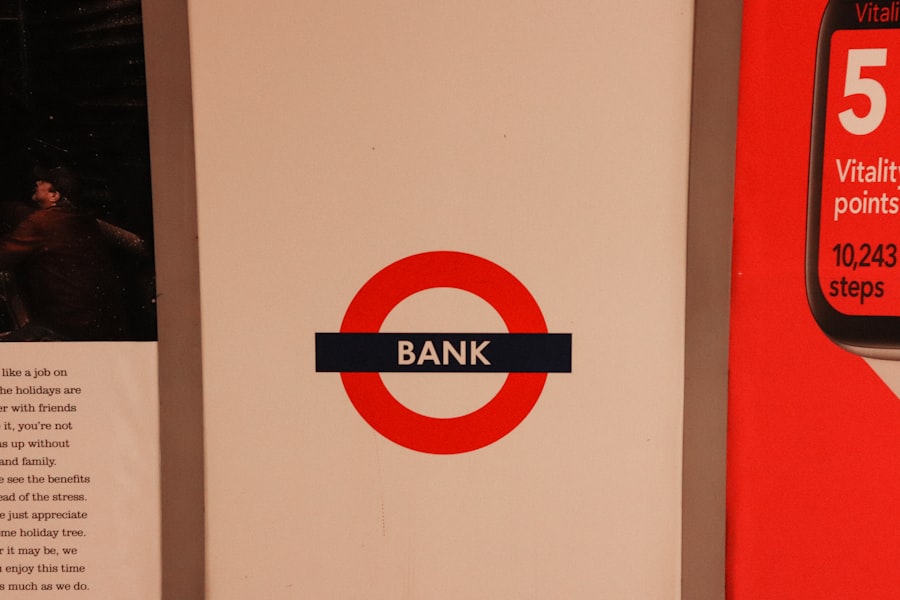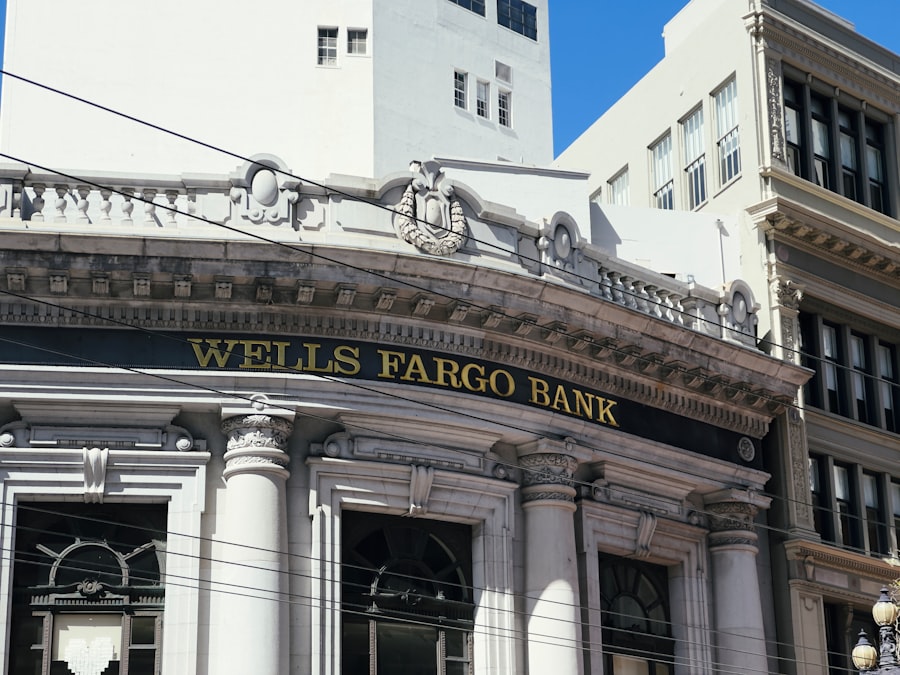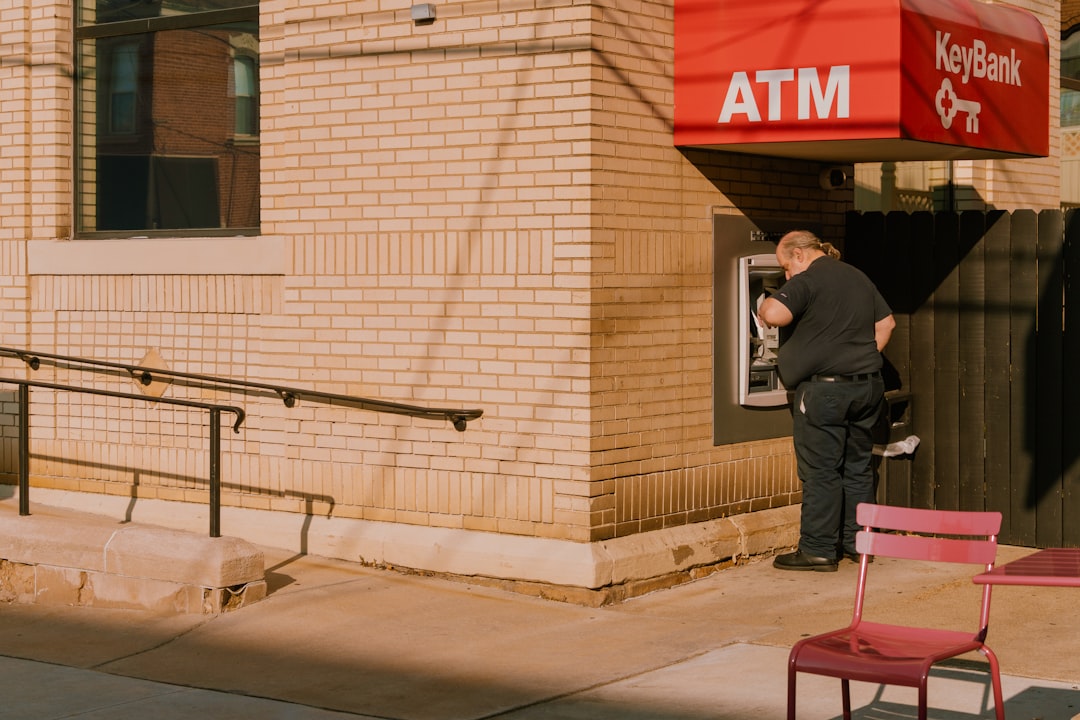A bank bail-in is a financial mechanism designed to stabilize a failing bank by using its own resources to absorb losses, rather than relying on taxpayer-funded bailouts. In essence, when a bank faces insolvency, a bail-in allows the institution to convert certain liabilities, such as deposits or bonds, into equity. This process helps to recapitalize the bank and restore its financial health without burdening the public purse.
You might think of it as a way for banks to manage their own crises, ensuring that they can continue to operate while minimizing the impact on taxpayers. The concept of a bail-in contrasts sharply with traditional bailouts, where government funds are injected into a failing institution to keep it afloat. In a bail-in scenario, the responsibility for the bank’s recovery shifts from the government and taxpayers to the bank’s creditors and depositors.
This approach aims to create a more sustainable banking system by holding stakeholders accountable for their investments and decisions. As you delve deeper into the implications of bail-ins, you’ll discover how they reshape the landscape of financial stability and risk management.
Key Takeaways
- A bank bail-in is a process where a failing bank’s creditors and depositors are forced to bear some of the burden of the bank’s losses.
- The purpose of Dodd-Frank is to prevent another financial crisis by regulating the financial industry and protecting consumers.
- Dodd-Frank regulates bank bail-ins by requiring banks to create “living wills” and establish plans for orderly liquidation in case of failure.
- The difference between bail-outs and bail-ins is that bail-outs involve taxpayer money to rescue failing banks, while bail-ins use the bank’s own funds and assets.
- The risks of bank bail-ins include potential panic and loss of confidence in the banking system, while the benefits include reducing the burden on taxpayers and promoting financial stability.
The Purpose of Dodd-Frank
The Dodd-Frank Wall Street Reform and Consumer Protection Act, enacted in 2010 in response to the 2008 financial crisis, serves multiple purposes aimed at enhancing the stability and transparency of the financial system. One of its primary objectives is to prevent future crises by implementing stricter regulations on financial institutions. You may find it interesting that Dodd-Frank was designed not only to protect consumers but also to ensure that banks operate in a manner that minimizes systemic risk.
Dodd-Frank introduced several key provisions, including the establishment of the Volcker Rule, which restricts proprietary trading by banks, and the creation of the Consumer Financial Protection Bureau (CFPB) to oversee consumer financial products. By promoting accountability and transparency within the banking sector, Dodd-Frank seeks to restore public confidence in financial institutions. As you explore this legislation further, you’ll see how it lays the groundwork for managing risks associated with bank bail-ins and other financial mechanisms.
How Dodd-Frank Regulates Bank Bail-Ins

Dodd-Frank plays a crucial role in regulating bank bail-ins by establishing a framework for how banks can manage their own failures without resorting to taxpayer-funded bailouts. One of the key components of this framework is the requirement for banks to maintain sufficient capital buffers. These buffers are designed to absorb losses during times of financial distress, thereby reducing the likelihood of needing a bail-in.
You might appreciate how this proactive approach encourages banks to be more prudent in their lending and investment practices. Additionally, Dodd-Frank mandates that large financial institutions develop “living wills,” or resolution plans, outlining how they would wind down operations in an orderly manner if they were to fail. This requirement ensures that banks have a clear strategy for addressing insolvency while minimizing disruption to the broader financial system.
As you consider the implications of these regulations, you’ll recognize how Dodd-Frank aims to create a more resilient banking environment that can withstand economic shocks.
The Difference Between Bail-Outs and Bail-Ins
| Aspect | Bail-Outs | Bail-Ins |
|---|---|---|
| Definition | Financial assistance provided to a failing company or economy by a government or other institution. | Process in which a failing financial institution’s losses are imposed on its shareholders and creditors. |
| Impact | Costs are borne by taxpayers and can lead to moral hazard. | Shareholders and creditors bear the losses, reducing the burden on taxpayers. |
| Objective | To prevent a systemic collapse and stabilize the economy. | To ensure that failing institutions bear the consequences of their actions and improve financial stability. |
| Regulation | Often involves government intervention and may require legislative approval. | Regulated by financial authorities and may be part of a resolution framework. |
Understanding the distinction between bail-outs and bail-ins is essential for grasping the evolving landscape of financial regulation. A bail-out typically involves government intervention, where public funds are used to rescue a failing bank or financial institution. This approach often leads to public backlash, as taxpayers bear the burden of rescuing private entities.
You may find it concerning that such interventions can create moral hazard, encouraging banks to take excessive risks with the expectation that they will be saved if things go awry. In contrast, a bail-in shifts the responsibility for recovery onto the bank’s stakeholders, including shareholders and depositors. By converting certain liabilities into equity, a bail-in allows banks to stabilize themselves without external assistance.
This method not only protects taxpayers but also promotes accountability among investors and creditors. As you reflect on these differences, you’ll see how the shift from bail-outs to bail-ins represents a fundamental change in how we approach financial crises and risk management.
The Risks and Benefits of Bank Bail-Ins
While bank bail-ins offer several advantages, they are not without risks. One of the primary benefits is that they reduce the burden on taxpayers during financial crises. By allowing banks to use their own resources to absorb losses, bail-ins help maintain public trust in the financial system.
You might appreciate how this approach encourages banks to operate more responsibly, knowing that they cannot rely on government support in times of trouble. However, there are inherent risks associated with bail-ins as well. For instance, depositors may face uncertainty regarding their savings if a bank undergoes a bail-in process.
The fear of losing access to funds can lead to panic among customers, potentially resulting in bank runs. Additionally, if not managed properly, bail-ins could destabilize the broader financial system by eroding confidence in banks’ stability. As you weigh these risks and benefits, you’ll gain insight into the complexities of implementing bail-ins as a tool for financial stability.
The Role of Depositors in Bank Bail-Ins

Depositors play a critical role in the context of bank bail-ins, as their funds can be converted into equity during a bank’s recovery process. This means that if a bank faces insolvency, depositors may find themselves bearing some of the burden for stabilizing the institution. You may find it unsettling that this could lead to significant losses for individuals who have entrusted their savings to the bank.
However, it’s essential to understand that not all deposits are treated equally; typically, insured deposits are protected up to a certain limit. In many jurisdictions, deposit insurance schemes exist to safeguard small depositors from losing their savings during a bank failure. These protections aim to maintain public confidence in the banking system while allowing larger depositors and creditors to share in the risks associated with bail-ins.
As you consider the implications for depositors, you’ll recognize that their role is both pivotal and precarious in maintaining financial stability during turbulent times.
How Bank Bail-Ins Affect Shareholders and Bondholders
Bank bail-ins have significant implications for shareholders and bondholders as well. When a bank undergoes a bail-in, shareholders often face dilution of their ownership stakes as their equity is converted into new shares or other forms of capital. This can lead to substantial losses for investors who may have believed their investments were secure.
You might find it interesting that this process serves as a reminder of the inherent risks associated with investing in financial institutions. Bondholders also experience repercussions during a bail-in scenario. Depending on the structure of the bank’s liabilities, some bonds may be converted into equity or written down entirely.
This means that bondholders could lose their investments or see their returns significantly reduced as part of the effort to stabilize the bank. As you explore these dynamics further, you’ll gain a deeper understanding of how bail-ins redistribute risk among various stakeholders within the banking ecosystem.
The Impact of Bank Bail-Ins on the Economy
The broader economic impact of bank bail-ins is multifaceted and can vary depending on how they are implemented and perceived by market participants. On one hand, successful bail-ins can enhance financial stability by preventing systemic crises and reducing reliance on taxpayer-funded rescues. This can foster an environment where banks operate more prudently and are held accountable for their actions.
You may appreciate how this shift can contribute to long-term economic resilience. On the other hand, if not managed effectively, bail-ins can lead to increased volatility in financial markets and erode public trust in banking institutions. The fear of losing deposits or investments during a bail-in could prompt individuals and businesses to withdraw funds from banks or seek alternative investment options, potentially destabilizing credit markets.
The Legal Framework for Bank Bail-Ins
The legal framework governing bank bail-ins is complex and varies by jurisdiction. In many countries, regulations have been established to outline how bail-ins should be conducted and what protections are available for different classes of creditors and depositors. You might find it intriguing that these legal structures aim to provide clarity and predictability during times of financial distress.
In the United States, Dodd-Frank provides a foundational legal framework for implementing bail-ins through its resolution authority provisions. The Federal Deposit Insurance Corporation (FDIC) plays a key role in overseeing these processes and ensuring that they align with established regulations. As you delve into this legal landscape further, you’ll gain insight into how lawmakers strive to create an environment where banks can manage their own failures while protecting stakeholders’ interests.
The History of Bank Bail-Ins and Dodd-Frank
The history of bank bail-ins is relatively recent compared to traditional banking practices but has gained prominence following significant financial crises around the world. The 2008 financial crisis highlighted the shortcomings of relying solely on taxpayer-funded bailouts and prompted regulators to explore alternative solutions like bail-ins. You may find it fascinating that countries such as Cyprus implemented bail-ins during their banking crises as a way to stabilize their economies without burdening taxpayers.
Dodd-Frank emerged as a response to these lessons learned from past crises, incorporating provisions aimed at preventing future failures through mechanisms like bail-ins. By establishing clear guidelines for managing bank insolvencies, Dodd-Frank sought to create a more resilient banking system capable of weathering economic storms. As you reflect on this historical context, you’ll see how past experiences have shaped current regulatory frameworks and influenced ongoing discussions about financial stability.
The Future of Bank Bail-Ins and Dodd-Frank
Looking ahead, the future of bank bail-ins and Dodd-Frank remains uncertain as policymakers continue to grapple with evolving economic conditions and regulatory challenges. While many experts advocate for maintaining robust frameworks that support bail-ins as a means of enhancing financial stability, others raise concerns about potential unintended consequences or overreach in regulation. You might find it compelling that ongoing debates about balancing accountability with stability will shape how these mechanisms evolve over time.
As global economies become increasingly interconnected, international cooperation will also play a vital role in determining how bank bail-ins are implemented across borders. You may appreciate that harmonizing regulations can help mitigate risks associated with cross-border banking operations while ensuring that stakeholders are adequately protected during times of crisis. As you consider these future possibilities, you’ll recognize that navigating this complex landscape will require careful consideration from regulators, industry participants, and consumers alike.
In conclusion, understanding bank bail-ins within the context of Dodd-Frank provides valuable insights into modern banking practices and regulatory frameworks designed to promote stability while minimizing taxpayer burdens. As you explore these concepts further, you’ll gain a deeper appreciation for how they shape our financial landscape today and into the future.
The Dodd-Frank Wall Street Reform and Consumer Protection Act introduced significant changes to the financial regulatory environment, including the concept of a “bank bail-in,” which allows a failing bank to convert its debt into equity to stabilize its finances without resorting to taxpayer-funded bailouts. For a deeper understanding of how these mechanisms work and their implications on the financial system, you can explore a related article on the topic by visiting this page. This article provides insights into the intricacies of the Dodd-Frank Act and its impact on the banking sector, offering a comprehensive overview of the regulatory measures designed to prevent future financial crises.
WATCH THIS! The 8 Assets You OWN But the Government CONTROLS (Dollar Collapse Survival)
FAQs
What is a bank bail-in?
A bank bail-in is a process in which a failing bank’s creditors and depositors are forced to bear some of the burden of the bank’s losses, rather than relying solely on taxpayer-funded bailouts.
How does the Dodd-Frank Act relate to bank bail-ins?
The Dodd-Frank Act, passed in 2010, includes provisions that allow for the implementation of a bank bail-in process in the United States. These provisions aim to prevent taxpayer-funded bailouts of failing banks and to promote financial stability.
What are the key components of a bank bail-in under the Dodd-Frank Act?
The key components of a bank bail-in under the Dodd-Frank Act include the ability to impose losses on a failing bank’s shareholders, creditors, and depositors, as well as the establishment of a framework for the orderly resolution of failing financial institutions.
How does a bank bail-in differ from a bank bailout?
In a bank bail-in, the burden of a failing bank’s losses is shared by its shareholders, creditors, and depositors, whereas in a bank bailout, the losses are typically absorbed by taxpayers through government funding.
What are the potential benefits of a bank bail-in?
The potential benefits of a bank bail-in include reducing the reliance on taxpayer-funded bailouts, promoting market discipline among financial institutions, and enhancing financial stability by addressing the issues of “too big to fail” banks.
